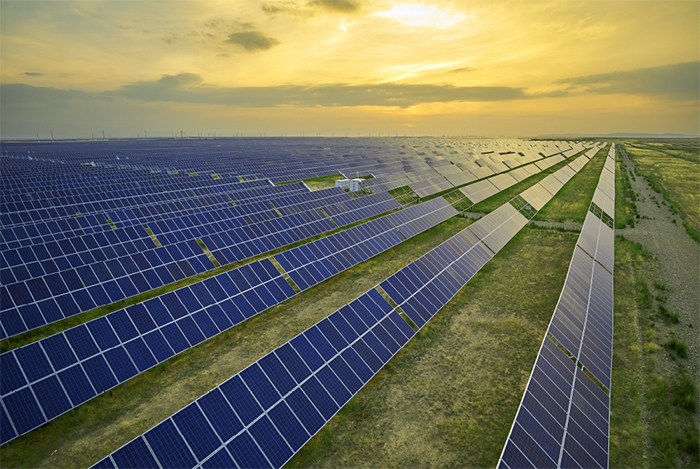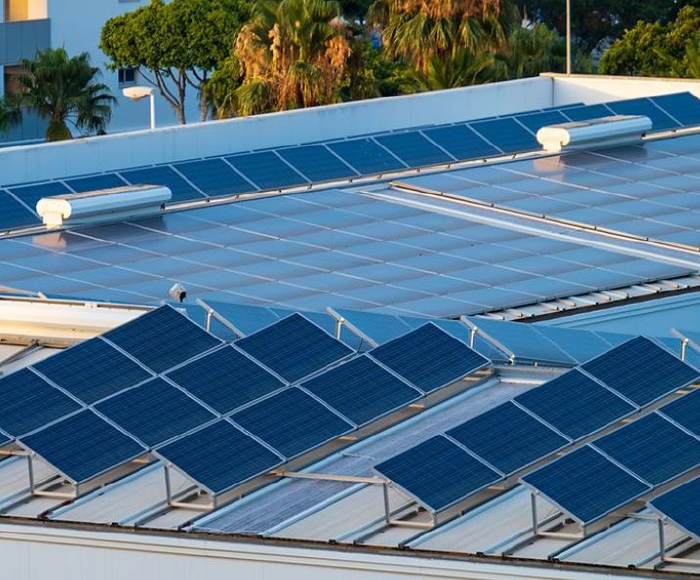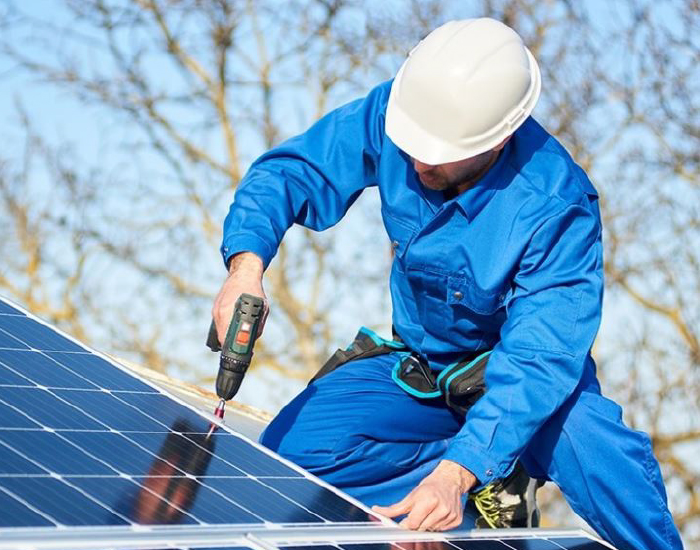The photovoltaic (PV) market has encountered sustained downturns recently, characterized by a persistent issue of global overcapacity. This conundrum prompts contemplation regarding the future development prospects and the potential for PV to once again emerge as a leading global energy research focus.
In recent years, our nation has experienced rapid strides in the PV industry, facilitated by a series of government policies designed to propel the market-oriented evolution of PV. The top-level strategic design and commitment to "Carbon Neutrality" and "Carbon Peak" objectives have set a definitive tone for the accelerated growth of our photovoltaic industry. China currently stands at the forefront of the global PV industry, boasting integrity across its industry chain, the highest manufacturing capacity, and the largest market share.
The technological prowess of China's PV power generation industry has matured significantly in recent years, consistently innovating and consequentially driving a noteworthy reduction in PV power generation costs. Statistics for the first eight months of 2023 indicate a substantial increase in China's installed photovoltaic power, soaring by 44.4% year-on-year. This period witnessed a compound growth rate of 26.98% from 2019 to 2023, signifying a sustained upward trajectory.
The first eight months of 2023 marked the addition of 113.16 GW of new capacity, a remarkable surge of 68.69 GW from the preceding year. This accounted for approximately 57% of all new capacity, surpassing 100 million kilowatts for the first time in China. Moreover, the record high of 87.41 million kilowatts of added photovoltaic capacity in 2022 escalated by 25 million kilowatts in the first eight months of 2023, nearly a 30% increase. The compound growth rate during 2019-2023 surged to an impressive 50.28%, maintaining an upward trend.

Assessing industry supply, China's current photovoltaic production capacity is robust. Augmented by the nation's dual-carbon policy, the supply continues to escalate. Forecasts by the China Photovoltaic Industry Association have revised global PV capacity estimates from 280-330 GW to 305-350 GW for 2023. Despite global economic slowdowns, the PV industry stands as one of the few witnessing heightened prosperity and rapid growth, attracting new entrants and cross-border capital. However, this expansion exacerbates the challenge of absorbing the rapid influx of new capacity within a limited demand scope, pushing the industry towards an accelerated phase of capacity iteration and restructuring.
Market dynamics show thermal power retaining its dominant position in domestic power generation, accounting for half of the market, while PV has progressively risen to 18.40%, securing second place. The pace of PV development is steadily increasing.
Assessing industry demand, while quantifying solar power demand remains intricate, current international standards aim for renewable energy to surpass 50% of electricity generation by 2050. Presently, China's renewable energy accounts for only 18.40%, signifying substantial room for growth, albeit over a protracted period. Considering grid capacity and energy storage, by 2030, over 5,000 gigawatts of installed capacity will likely be necessary, given the current estimation that 1 kilowatt of photovoltaic power generates approximately 1,500 degrees without factoring in grid constraints. Nevertheless, energy storage technology's current state implies vast room for improvement, limiting its immediate application.
The aggregate view of supply and demand reveals a precarious balance. The PV production capacity nearing 1000 GW significantly outstrips industry demand, culminating in evident overcapacity this year. However, the pivotal concern shifts towards the future of PV, anticipating continued supply expansions. Notably, with fair grid-connected PV pricing and reasonable financing costs, incentivizing any power company to erect photovoltaic power plants, this sector possesses substantial potential. Continuous policy support, coupled with fierce domestic competition, will drive enterprise transformations and innovative developments, thereby determining the industry's future course.

Overall Industry Trends:
Technological Advancements: Ongoing technological advancements will propel continued innovation and enhancement in PV power generation technology.
Energy Storage and Grid Capacity: The improvement and development of energy storage technologies, alongside bolstered grid capacities, are crucial to mitigating the intermittency of PV power generation and ensuring power system stability.
Smart Grid Construction: Constructing smart grids will optimize power resource allocation, fostering an efficient power ecosystem.
Policy Support for Market Competitiveness: Government initiatives aimed at promoting PV parity power generation herald a shift from policy-driven to market-oriented competitiveness within the PV power generation industry.
Global Energy Transition: In the face of global environmental degradation and resource scarcity, the imperative for comprehensive energy system reform favors the expansion and utilization of renewable energy sources. Given its low resource requirements, minimal carbon emissions, and high generation efficiency, solar power, particularly PV, stands poised for accelerated development in alignment with energy system reforms.
In conclusion, while the PV industry grapples with overcapacity and market challenges, its future appears promising. Continuous technological innovation, policy alignment, and strategic investments in storage and grid capacities will be instrumental in steering the industry toward sustained growth and stability.







